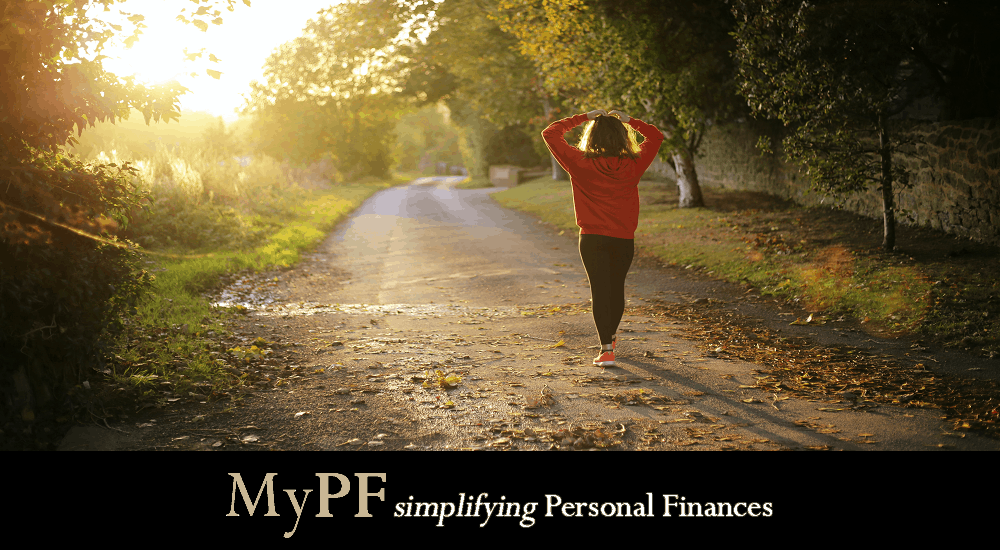4 simple steps towards setting a daily routine along with 5 examples. The original version of this article was published on tonyrobbins.com.
Habits put our brains on autopilot, freeing up our concentration for bigger things. They are the rhythm of our daily lives, the backdrop to everything else we do. Going for a morning run is a routine. Watching three hours of Netflix before bed while eating popcorn is also a routine. The difference is that one of these daily routine examples helps us feel energetic and productive, and the other depletes our energy.
So how can we start making a daily routine that lifts us up instead of dragging us down? One small step at a time.
Creating habits that last can take up to 18 weeks. If that feels like a long time, think of it this way: It’s only 0.5 % of the average American lifespan. Surely you can dedicate 0.5 % of your life to making a daily routine that will lead to health, achievement and fulfillment.
Contents
Step #1: Make It a Must
Thinking that you “should” make a daily routine isn’t good enough. You must demand it of yourself because you know it will benefit you. How do you do that? Connect making a daily routine to your ultimate purpose and goals in life. Want to build a career that will give you financial freedom? Your daily routine will give you more energy to go after that promotion. Want to be fully present with your family? Your daily routine can ease stress so you can be the best version of yourself with them.
Step #2: Start Small
Pick two daily routine examples and turn them into attainable daily goals. If you’ve never been to the gym, don’t start with two hours of strength training. If you’re usually a night owl, don’t make your first goal getting up at 4am. Start small: Do a light workout. Get up 30 minutes earlier than usual. Once you’ve done those two things consistently for a week, go bigger. Work out longer. Get up an hour earlier – even on the weekends. After another week, add in a new goal. You’ll soon be a pro.
Step #3: Stay Consistent
Making a daily routine – and building any healthy habit – is all about staying consistent, no matter what. That’s why you start small: The idea is to train your brain to enjoy good habits, not shock it into submission, only to retreat to bad habits after a few weeks. But you’ll need to stay on the lookout for distractions that could bring you down. Don’t go out for drinks when you need to get up in the morning to run. Don’t skip journaling to pop that popcorn and flip on Netflix. It can be hard, but it will get easier.
Step #4: Get the Right Tools
Tony’s Rapid Planning Method is one effective tool to map out your day. RPM isn’t just a planner – it’s a way of changing your mindset to focus on the most productive tasks. Don’t forget your most essential tool: a positive and healthy support system. Surround yourself with people who are living examples of daily routines you want to emulate and who will help you celebrate your successes and rebound from your setbacks.
Daily Routine Examples from Successful People
Once you’ve worked out your strategy for making a daily routine, it’s time to decide what your routine will be. High achievers provide ideal daily routine examples. There’s a reason successful people all seem to work out, eat healthy and practice mindfulness: these routines work. And you can make them work for you.
Example #1: Fuel Up
Eating a good breakfast is the most essential daily morning routine. Don’t wait until later in the day to nourish your body – you need that energy now. Tony is a proponent of unconventional breakfasts: salad topped with grilled fish, or veggies and hummus. Avocado toast is fine, too – as long as the avocado is organic and the toast is whole wheat. Tony is also a fan of free-range eggs and coconut bread. As long as your breakfast includes protein, clean fats and alkaline foods, you’ll be fueled up for the day ahead.
Example #2: Meditate
Taking quiet time clears your mind and concentrates your focus. That’s why, although you can meditate at any time of day, it’s typically part of a daily morning routine. Tony spends 10 minutes on a priming exercise each morning, a form of “active focus” where he practices gratitude and clarifies his intentions for the day. You can also use guided meditation, incantations or any ritual that will carry you through the day.
Example #3: Exercise
Exercising is another essential daily routine example. It gives you the biggest advantage in the morning: The endorphins released during exercise will give you more energy for the day and increase your mental sharpness. But you’ll get benefits like better health, increased confidence and mental clarity no matter when you exercise. Whether you like it or not, you must get out there and do it. Once you make it part of your daily routine – and see how great it makes you feel – you’ll never want to stop.
Example #4: Write
Making a daily routine for the evening is just as important as creating a morning ritual. Keeping a journal is one habit that works equally well in the morning or evening. What’s the best thing to write? Tony has two favorites: gratitude journals and goal-setting journals. In your gratitude journal, write down at least three things in the moment that you are grateful for. In your goal-setting journal, record three ways you’ve worked toward your goal, as well as your intentions for the day. You’ll hold yourself accountable and make sure you’re in association with your goals at all times.
Example #5: Learn
Feeding your mind is one daily routine example of highly successful people that’s often overlooked. At its core, it means learning something new. But in the words of Tony’s mentor Jim Rohn, it also means “standing guard at the door of your mind.” You control what you let in – so let in the positive. Listen to a business podcast. Read the biography of someone you admire. Find inspirational quotes online. Feed your mind with positivity, and you’ll elevate your life accordingly.
You May Also Like
- 8 Tips Towards a Simple But Meaningful Lifestyle
- How to Create a Personal Growth Plan
- How to Create Your Investment Philosophy
- 5 Psychological Reasons Behind Poor Financial Management
What other steps did you factor in when creating your daily routine?














Leave A Comment